In the world of growing up, scraped knees and minor bumps are almost rites of passage. But a moment’s mishap could easily escalate into a more serious incident. Safeguarding a child from such risks requires more than just chance. It demands a set of steadfast principles.
At Lifeknowhow, we’ve meticulously crafted ten fundamental child safety principles that stand as your shield in protecting your little ones. Join us as we delve into these guiding beacons, ensuring a secure haven for your precious bundle of joy.
Sleep safety
- Sleep Safety Essentials: Ensuring your baby’s sleep safety is paramount. Discover simple yet crucial practices for a secure slumber.
- Back to Sleep: A Vital Rule: Since 1992, the recommendation shifted from stomach to back sleeping. This change reduced Sudden Infant Death Syndrome (SIDS) rates in Western Europe by threefold.
- Blankets and Bedding: Keep It Simple: Quilted blankets with lace can pose breathing hazards. Opt for a firm mattress and tight fitted sheets for a safe sleep space.
- Crib Bars: Measure for Safety: Use a can of Coca-Cola to ensure optimal spacing between crib bars, preventing any entrapment risks.
- Strings-Free Zone: Uninterrupted Sleep: Remove scarves, tied clothes, and toys with strings to keep your sleeping baby safe.
By following these tips, you create a secure sleeping environment for your baby.

Fall and injury prevention
Creating a safe haven for your child is paramount. Discover practical steps to ensure their well-being at home.
- Secure Spaces: Certified Safety Gates: Install certified safety gates in your home, especially around staircases. Placing gates at both the top and bottom ensures extra protection.
- Buckle Up: High Chairs and Carriers: Prioritize safety by always buckling up your child in high chairs and carriers. Remember, when placing them in carriers, opt for the floor instead of elevated surfaces.
- Walk with Caution: Baby Walkers: If your child uses a baby walker, supervise them closely. Keep them away from stairs, heaters, and any potential hazards like hanging wires.
- Window Security: Bars and Releases: Fit security bars on windows and ensure they have emergency release mechanisms in case of fire or other emergencies.
- Furniture Anchoring: Preventing Falls: Securely anchor furniture, especially tall cabinets, to prevent tipping and falling accidents.
By implementing these measures, you create a safe environment where your child can thrive without unnecessary risks.
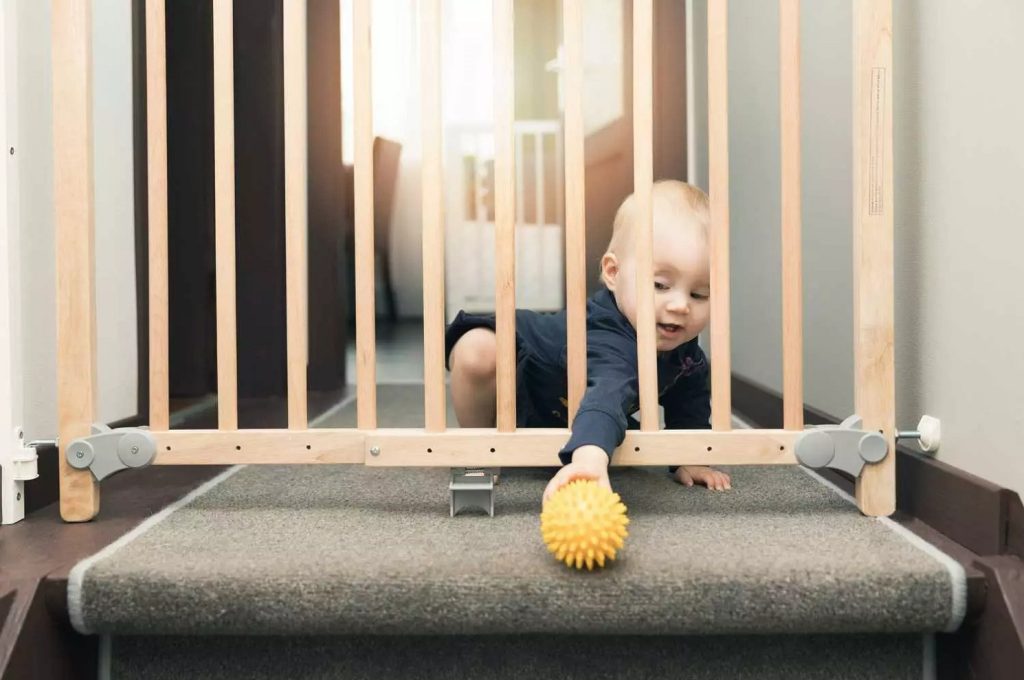
Asphyxiation prevention
Safeguarding your child’s surroundings is a top priority. Explore simple yet vital steps for ensuring their safety.
- Smart Toy Choices: Avoiding Small Parts: Select toys that don’t have small detachable parts, reducing the risk of choking hazards.
- Mindful Eating: Foods for Young Children: Keep children under 5 safe by avoiding round-shaped solid foods like sliced sausages, nut kernels, hard candies, grapes, and corn.
- Cord Management: Preventing Tangles: Keep wires and cords out of reach. Create distance between cribs, playpens, toys, and children’s furniture and these potential hazards.
- A New Perspective: Crawling Awareness: Occasionally, crawl on the floor to identify items your child might put in their mouth, ensuring a safer environment.
- Lifesaving Skills: CPR Training: Prepare for emergencies by attending chest compression and artificial respiration courses. Learn CPR techniques to be ready if the need arises.
By following these measures, you’re taking proactive steps to create a secure environment for your child’s growth and exploration.
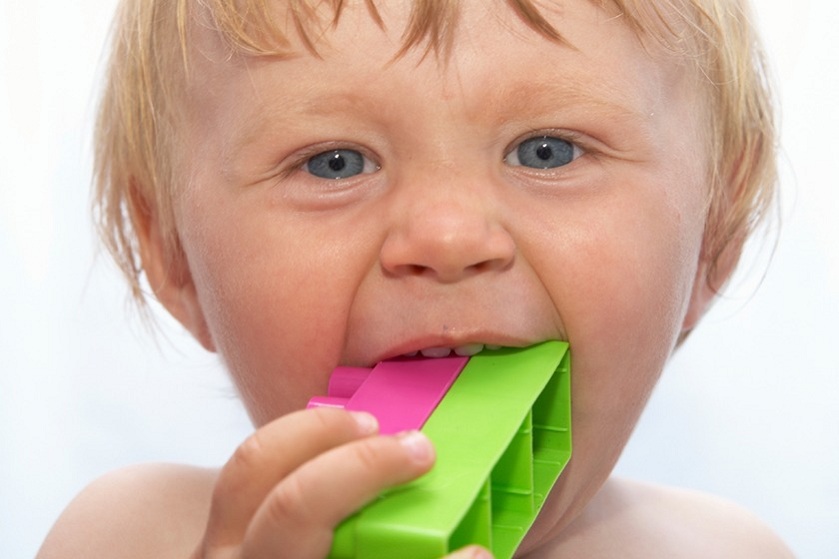
Fire safety
Curating a safe home for your child is essential. Discover straightforward measures to enhance their safety and well-being.
- Fire Safety: Hidden Hazards: Keep matches and lighters out of children’s reach. Avoid having fire sources resembling toys in the house.
- Cooking Caution: A Hands-Free Approach: While cooking, refrain from holding your baby. Be cautious with appliances like irons and hair dryers; unplug and store them safely after use.
- Kitchen Safety: Cooking Strategies: Opt for back burners while cooking and keep hot food beyond your child’s reach. Turn pan handles away from counter edges.
- Stove Protection: Barriers for Safety: Minimize your child’s exposure to a hot stove and consider installing a protective barrier around it if possible.
- Alert System: Smoke Alarms: Install a smoke alarm at home, a vital device that reduces emergency-related death risks by half.
By embracing these measures, you create a nurturing haven where your child can flourish without unnecessary risks.
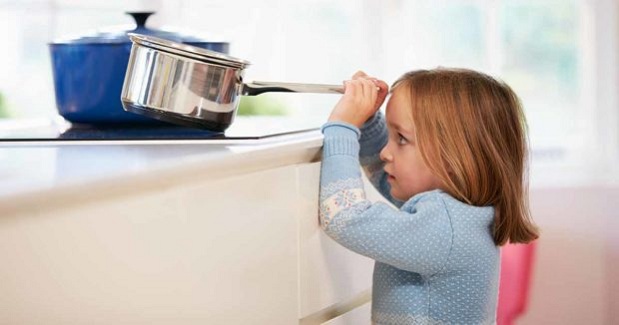
Poison prevention
Ensuring your child’s safety requires vigilance. Explore crucial measures to prevent accidental ingestion and promote their well-being.
- Expert Consultation: Swallowed Substances: If you suspect your child has ingested something harmful, consult a doctor before attempting to induce vomiting or having them drink anything.
- Medication Management: Caution with Drugs: Accidental medication intake is a common source of childhood intoxication. Keep all drugs, including vitamins, out of reach. Avoid referring to medicine as “candy” to prevent piquing their curiosity.
- Secure Storage: Locks for Detergents and Medicines: Install locks on cabinet doors containing household detergents and medications, ensuring these hazards are inaccessible to children.
- Battery Safety: Electronics and Gadgets: Keep electronics with lithium batteries, such as car alarms, remote controls, and flashlights, out of children’s reach to avoid potential harm.
- Emergency Preparedness: Vital Contacts: Add the number of the nearest clinic or doctor to your cell phone. This quick access can be invaluable in case of poisoning or other dangerous situations.
By implementing these protective steps, you create an environment where your child can explore and grow with reduced risks.

By the water
Prioritizing water safety is crucial for your child’s well-being. Explore essential steps to ensure a secure environment around water.
- Bathtime Caution: Draining and Closing: After bathing, promptly drain the tub and close toilet lids, bathroom doors, and laundry room doors to eliminate potential hazards.
- Outdoor Water Safety: Fencing off Open Water: Install fencing around open water sources in gardens, like barrels or buckets, to prevent accidental falls that could lead to drowning.
- Swim Skills and Supervision: A Vital Combination: While swimming skills are valuable, never underestimate the need for supervision. Shockingly, 47% of drowned children aged 10 to 17 were capable swimmers.
- Swift and Silent: Water-Related Tragedies: Water accidents often occur silently and within moments. Stay vigilant and avoid distractions like reading or phone use when your child is near water.
By following these precautions, you create an environment where your child can enjoy water activities with reduced risks.
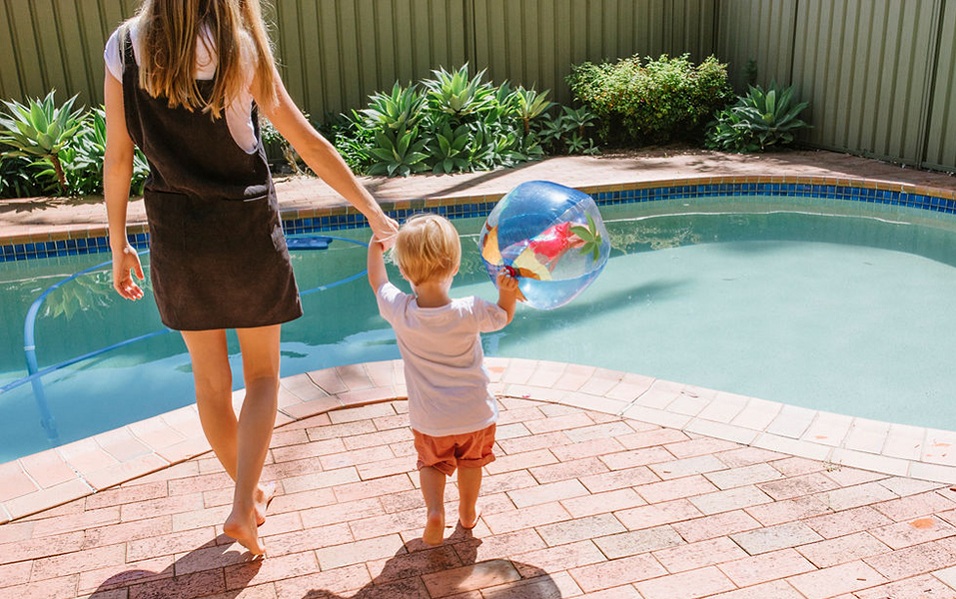
“W” sitting position
The ‘W-sitting’ posture is a common choice for many kids due to its comfort. However, this seemingly harmless position can lead to potential health concerns. It’s linked to orthopedic issues, developmental delays in postural control and stability, as well as motor skill development.
Preventing ‘W-sitting’ from becoming a habit is the key to avoiding these risks. Be proactive and intercept the behavior before it takes root.
Should you notice your child in the ‘W’ position, gently encourage them to switch to an alternative posture. For instance, suggest sitting with legs straight out or both knees bent to the side. This proactive approach significantly contributes to your child’s overall growth and development.
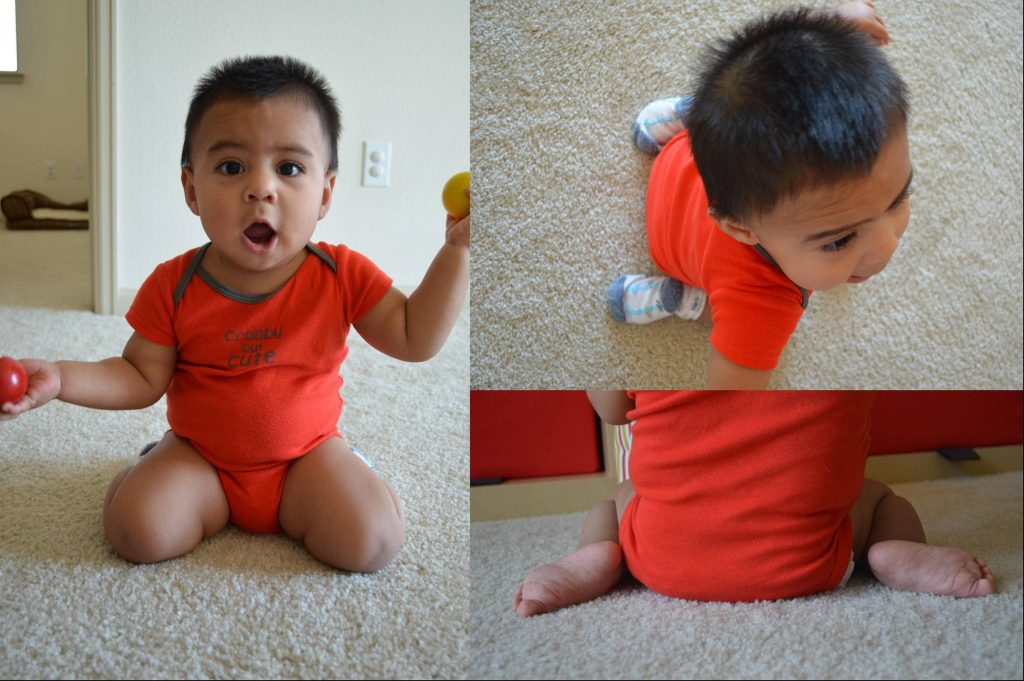
In a car
Navigating car seat choices can be intricate. Discover essential guidelines to ensure your child’s safety during car rides.
- Transitioning to Adult Chairs: Height and Weight Guidelines: An adult chair is suitable for a child if their height exceeds 140 cm (4′ 6″) and they weigh at least 32 kg (70.8 lbs). For those too large for a portable child seat but still not ready for an adult chair, a booster seat (backless car seat) is recommended.
- Car Seat Positioning and Security: For children under 2, place car seats facing the car’s movement. Before driving, check the seatbelt tightness – if it forms a fold, adjust it accordingly. The car seat itself shouldn’t move more than 2-3 cm.
- Transition to Adult Seat: Belt Fitting: When a child uses an adult seat, ensure they wear regular seat belts. The upper part of the belt should cross their chest and shoulder, not their neck. The lower part must rest on the hips, not across the stomach.
- Interior Safety: Securing Loose Items: Prevent interior hazards by keeping hot food, large gifts, and items prone to movement during braking away from the child. This minimizes risks and distractions during travel.
By adhering to these principles, you prioritize your child’s safety, making each car journey a secure and worry-free experience.
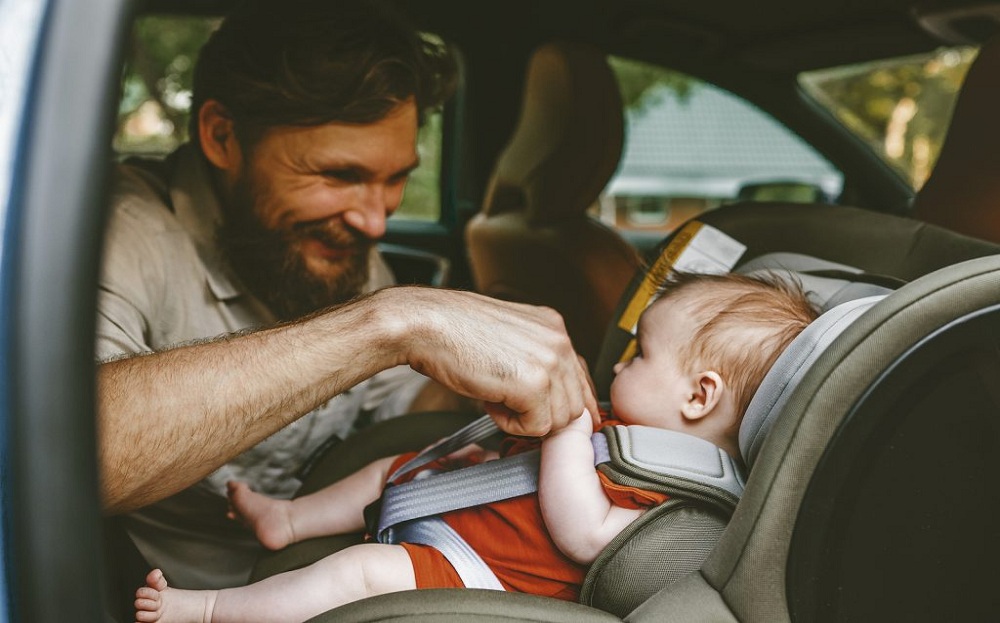
Cycling
Empowering your child with wheels demands careful consideration. Explore essential measures for their protection during rides.
- Helmet Shield: Safeguarding Against Brain Injury: Invest in a helmet when gifting a bicycle, roller skates, or scooter. It’s the primary defense against potential brain injuries.
- Visibility Matters: Clothing and Bike Accessories: Outfit your child in bright clothing with reflective elements while riding. Ensure bicycles are equipped with functional front and rear lights for enhanced visibility.
- Equipment Check: Essential Pre-Ride Inspection: Before every ride, assess light fixture stability, brake and gear functionality, and overall wheel condition to avoid mishaps.
- Road Courtesy: Communicating with Signals: Educate your child on the significance of eye contact and hand signals. These ensure effective communication with both drivers and pedestrians.
By incorporating these precautions, you empower your child to embrace outdoor adventures while prioritizing their safety. Adapted from materials by 03-deti.


